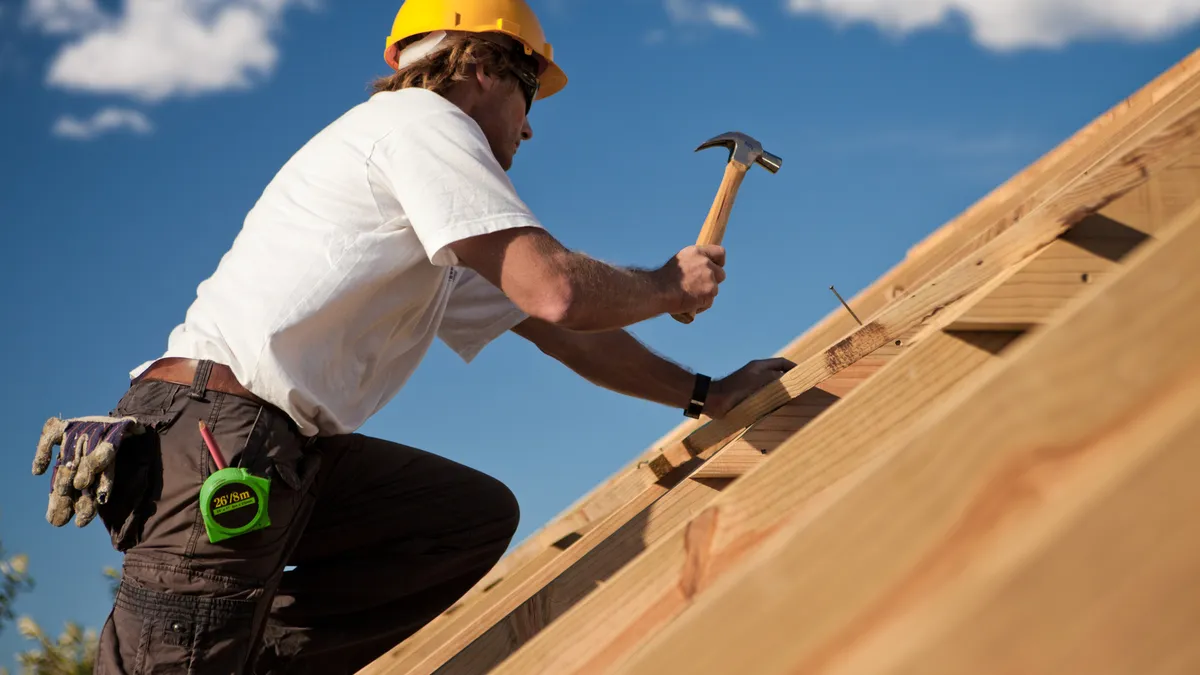Dive Brief:
-
Builder confidence in the market for new single-family construction jumped seven points in December to a reading of 70 on the National Association of Home Builders/Wells Fargo Housing Market Index, the highest reading since July 2005.
-
NAHB Chairman Ed Brady attributes the high mark to a "post-election bounce" in response to President-elect Donald Trump’s campaign pledges to cut taxes and lower regulations.
- Current sales conditions also rose seven points to a score of 76 while sales expectations climbed nine points to 78. Meanwhile, buyer traffic rose about the break-even point for the first time since October 2005 to a mark of 53.
Dive Insight:
It’s more than holiday cheer that has U.S. homebuilders hopeful for the future of new single-family construction. The post-election psychological boost evident elsewhere in the economy has builders similarly charged, pushing the HMI to its highest level since before the recession.
"The rise in the HMI is consistent with recent gains for the stock market and consumer confidence," NAHB Chief Economist Robert Dietz said in a release. "At the same time, builders remain sensitive to rising mortgage rates and continue to deal with shortages of lots and labor."
Trump campaigned to builders on a platform that included promises to reform housing finance and cut regulations, efforts that would stand to lower construction costs. A May 2016 report from the NAHB found that regulations at the local, state and federal levels account for nearly one-quarter of a home’s price, while home values have risen 30% since 2011.
Builder optimism could be tempered by recent interest-rate increases, including the much-anticipated move by the Fed this week to increase short term rates by 25 basis points currently and plans for another 75 basis-point rise in 2017. In the weeks following the election, the average 30-year-fixed-rate mortgage rose roughly 40 basis points ahead of inflation expectations.
Economists say the true test of optimism — and the way to alleviate price pressures that have buyers and even some sellers wary — is whether the market will see an influx of new residential construction in the coming months. Such growth would loosen inventory and make space for the growing group of first-time buyers seeking a shot at homeownership.













